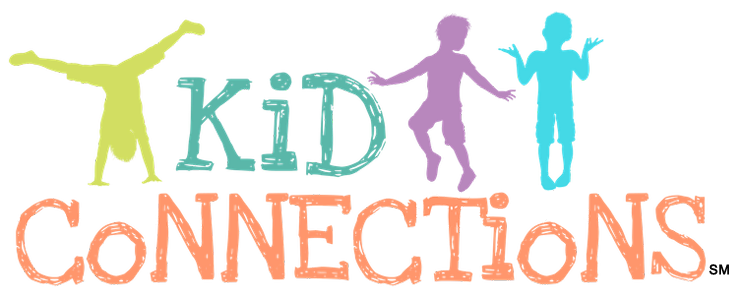Wordless picture books, black and white books, colorful books, pop-up books, books that make noise, long books, short books, and all the books in between! Books are a wonderful resource to support language development, learning, and connection. So, sit down and let’s get reading.
Why Pick a Book?

- Books support vocabulary and language growth. When you turn to a page, you create an opportunity to pair language with what you and your child notice such as nouns (e.g., ball, shoes, cup, brush, tree, dog, car), verbs (e.g., drink, run, clap, slide, give, jump, help) and prepositions (e.g., in, out, on, under).
- Book reading can be a shared experience, thus creating moments for bonding, interaction, and discussion.
- Books can be incorporated into or become part of a daily routine. Picking up a book and looking inside does not have to be a time-consuming activity. Instead, this can be a chance to learn and discover.

What Can You Do?
- Narrate – talk about the pictures you see. Use simple language do describe colors, shapes, sizes, and items on the pages. Bring awareness to more than just the words.
- Gesture – use your finger to point out details in the story. By providing this additional layer of support, you allow your child to follow along more closely.
- Read it again…and again…and again – repetition allows for multiple opportunities to learn. When your child brings over The Very Hungry Caterpillar by Eric Carle for what feels like the 1000th time, smile and dive in!
- Allow your child to lead – honor when your child wants to flip through the pages quickly or take time looking at their favorite picture. Engagement fosters learning.
- Create opportunities for higher level language learning – ask/answer wh- questions (i.e., who, what, where, when), work on making inferences together, use the dictionary to look up novel vocabulary words.
- Pause – allow time for comments, pointing, and/or questions.
- Connect – make silly voices, exaggerate, and act out actions to increase engagement.
Places to Find Books
- Local library branches
- Online
- Bookstores
- Local lending libraries
Remember, there is no “right” way to read to your child! You are already doing an amazing job and these are some helpful strategies to support your child’s language development.
Don't feel like reading? Watch instead!
Learn more about how to use books and story time to support your child’s early language development .
Free language development resources

Learn more about creative ways to improve your child’s language and development skills.

